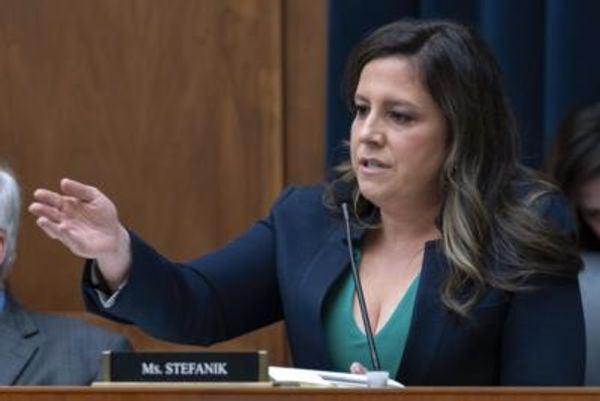
When I arrived in Melbourne from Scotland in 2004 to edit The Age, I was shocked that the country only had two major media owners.
In the years since, that concentration of ownership has only intensified, with a swathe of outlets closing and many parts of regional and rural Australia rendered “news deserts”; left without a local media outlet.
The Australian government is now taking steps to address these concerns through an inquiry aimed at supporting public interest journalism and safeguarding media diversity. This initiative, known as the News Media Assistance Program (News MAP), is in the process of establishing policies that will inform the proposed support measures, with an announcement expected later this year.
What’s to be done about media failure?
Earlier this year, I was invited to make a submission to the News MAP. The key point I wanted to make is that the advertising pool that previously funded Australian media has been largely drained by Google and Facebook, which now collectively take 82 cents from every advertising dollar.
In addition, the current News Media Bargaining Code agreement is flawed insofar as it favours large players who pushed for it and lacks any transparency in terms of who gets support. It does little to promote diversity of voice and ownership, nor does it address those areas of acute media failure, namely in remote, rural and community outlets.
Instead, I suggested a proposal that could correct some of the worst market failure outcomes and allow for greater media diversity of voice and ownership. This included:
- A “social licence” or “community levy” (like Medicare), to be placed on the gross revenue turnover of digital platform operators in Australia to fund public interest journalism through (say) an Independent Future Fund for Journalism (IFFJ). This would seek applications from existing and new entrants to fund journalists for content creation and production. The fund must be seen as independent and operating at arms-length from government, much like the way the BBC is funded.
- Funds would be invested in the suppliers of news and journalism, primarily in those areas where the market has failed to deliver the resources required to support outlets in regional, rural, and remote communities — smaller newsrooms most disrupted by changing business models.
- Specifically, the funds would be used to hire reporters, editors, production staff, photographers and back-office support. Those areas that require support due to market failure leading to reduced or poor quality coverage include coverage of:
- Town halls
- Courts and police rounds
- Regional (bush) coverage
- Specialist reporting (the health, education, transport, environment, arts and other rounds)
- Federal and state parliaments
- Foreign correspondents
- Community and multicultural/diversity matters
- Investigative journalism
- Specialist business and sports coverage
The case for universities to step up
With the failure of the Fourth Estate, there is a historic opportunity for universities to reposition themselves at the heart of a new information ecosystem.
Universities are uniquely suited to be information suppliers, given their broad remit to educate and tackle the world’s most pressing issues — while able to deliver reliable and fact-driven information underpinned by long-held commitments to codes of conduct, integrity and freedom of independent inquiry, and research to benefit society.
Yet they remain in many ways a stranded public asset. That is the view of Education Minister Jason Clare, who placed a key requirement on universities “to demonstrate the societal benefits (economic, commercial, environmental, social, or cultural) of the proposed research beyond the academic community”. That requirement underpins the case for the $22 billion per annum that universities and ARC received from the Australian government.
The relative failure of the sector to deliver on that requirement is to some extent due to the current methods deployed by universities to share their research outcomes. Namely, each university employs large teams of communications specialists to deliver PR stories. The purpose of such branded content is to raise the profile of the university and bolster student recruitment, but that content is not considered independent, trusted information. As an example, AAP will not carry content from those university websites.
At 360info we work with the entire university sector across Australia — and across the Indo-Pacific region — to apply the best researchers and their research to help better explain the key challenges we face (water, energy, climate, food, biodiversity, etc). Instead of competing with those media outlets left in Australia, we supply them all with our content, at no cost.
If we don’t want to take for granted the threats that misinformation poses to our democracies — we need to take seriously the need to fund newsrooms and journalists.
What sort of changes need to be made to make Australian media more diverse and enduring? Let us know your thoughts by writing to letters@crikey.com.au. Please include your full name to be considered for publication. We reserve the right to edit for length and clarity.







